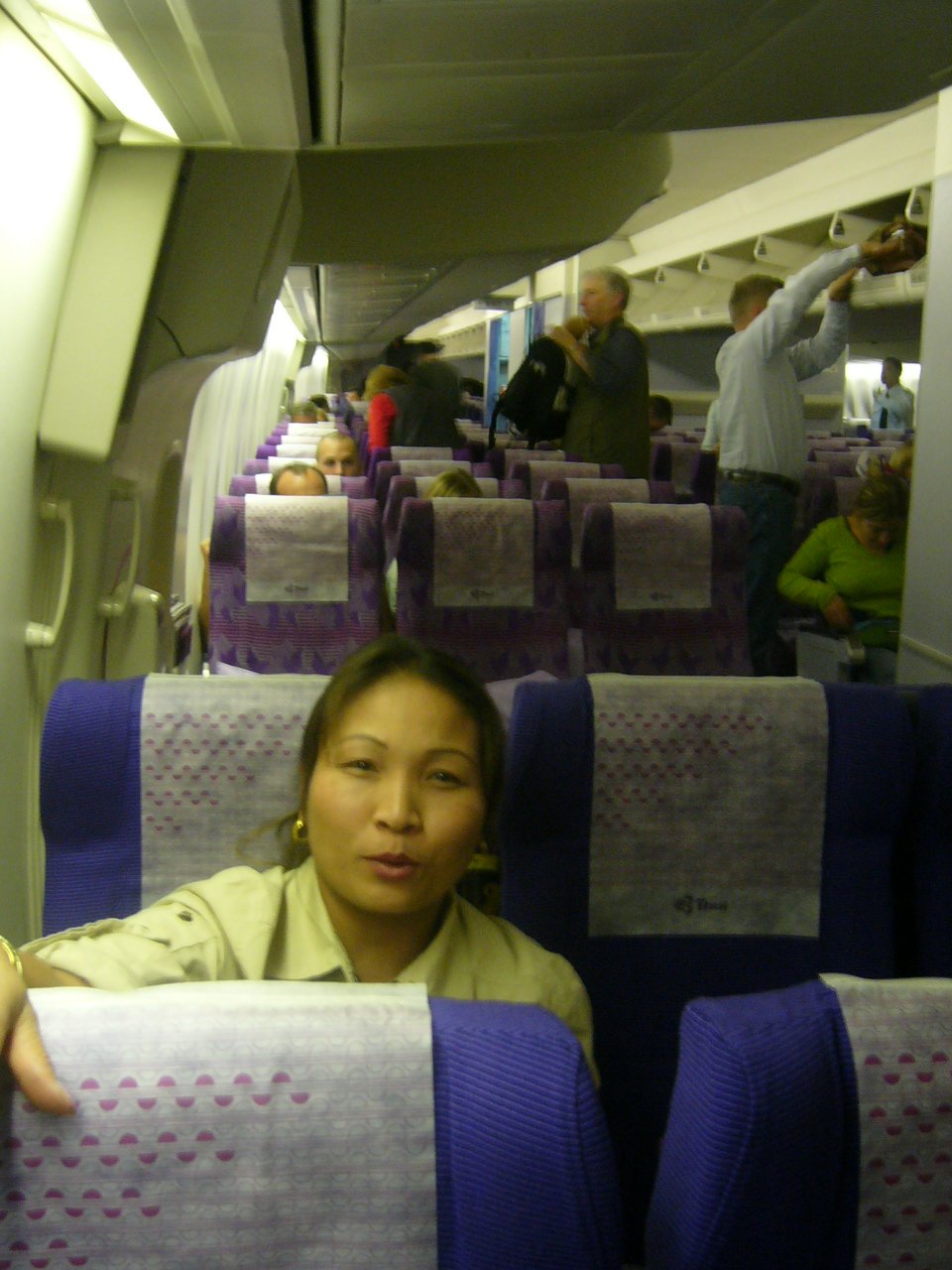
Flights today have been cancelled and hundreds more delayed, at airports in the south-east of England, due to a problem with computer systems at Britain’s main air traffic control centre at Swanwick. Between 4.00 pm and 4.30 pm no flights were able to leave from the London airports of Heathrow, Gatwick, Luton and Stansted. This led to a backlog of around thirty planes at Heathrow, which is one of the busiest airports in the world.
It seems that the Swanwick centre of National Air Traffic Services (NATS) suffered a computer failure that meant that the planes at high altitudes could not be properly monitored. The effects of this awkward glitch are now spreading around the UK and Europe.
A spokeswoman at Luton Airport said, “We are suffering delays due to the restrictions placed on flights by NATS”.
Swanwick cost some £620 million, and was actually completed six years behind schedule. Today is not the first time that the centre has suffered problems - after opening back in 2002 the centre was beset with a number of computer problems, suffering three failures in as many months. Swanwick was built by private companies, amidst the controversy that accompanied the privatisation of NATS, when it was sold off to an airline consortium which included British Airways and Virgin.
Amidst problems for the airline industry with rising fuel costs, and companies going bust, the last thing that both passengers and the industry need is problems with air traffic control leading to delays and cancellations.




